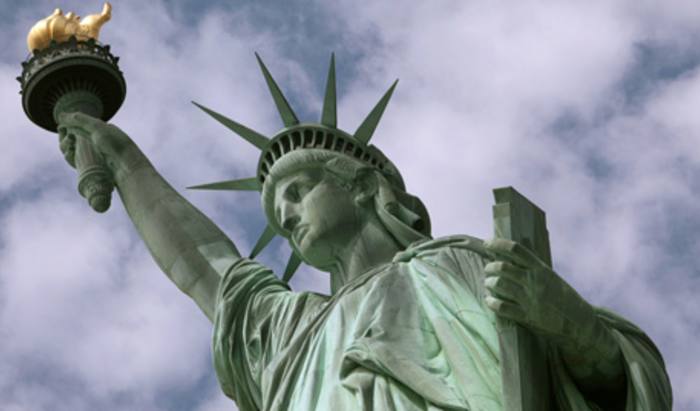
The US is set to go through major changes in the coming months. Charlotte Richards finds out what is in store.
The US has been on a continued upward trajectory over the past year. It is easy to forget the economic woes the country saw less than a decade ago, especially considering some of the data now coming out of the country – and all in a presidential election year.
Last December, after months of speculation, the US Federal Reserve announced it would increase interest rates by 0.25 per cent – the first hike after seven years of record lows. Since then, there has been just as much talk about the next hike. In late August, the Fed agreed to keep interest rates on hold, but a split among policymakers has raised expectations of a December rate move. In its statement the Federal Open Market Committee (FOMC) said: “The Committee judges that the case for an increase in the federal funds rate has strengthened, but decided, for the time being, to wait for further evidence of continued progress toward its objectives.”
Despite this, inflation has remained low. The United States Department of Labor said its consumer price index rose 0.2 per cent in August, while the core inflation price (which does not include food and energy prices) was 0.1 per cent in the same month. As with many central banks around the world, the Fed is “reasonably confident” that inflation will move back to its 2 per cent objective over the medium term.
Ed Cowart, manager of the Nordea 1 – North American all Cap Fund, says despite the potential for an additional hike in short-term rates from the Fed later this year, long-term interest rates will probably remain low due to dormant inflation and “incredibly low” global bond yields. Mr Cowart adds that regardless of any changes, he believes the US economy will continue to “chug along” at a moderate pace and does not see a recession on the horizon. In fact, he expects consumer spending to remain healthy due to continued job growth, relatively low oil prices and a pick up in manufacturing. Jobs data, while growing, fell short of expectations in August. There were 151,000 jobs added in the month, which is slightly below the forecasts of 180,000, but the country’s unemployment rate remained steady at 4.9 per cent.
Mr Cowart is still mindful of potential headwinds, however. He says these include post-Brexit uncertainty, weakening banks in Europe, negative interest rates and the notion of central banks running out of strategies to deal with flagging economies, and, crucially, political uncertainty.
One of the most talked about presidential races in history is about to take place and it could play a huge part on many elements of investment.
A Hillary Clinton win would have very different consequences from a Donald Trump triumph, and although the former looks more likely many managers are remaining cautious until after the result.





